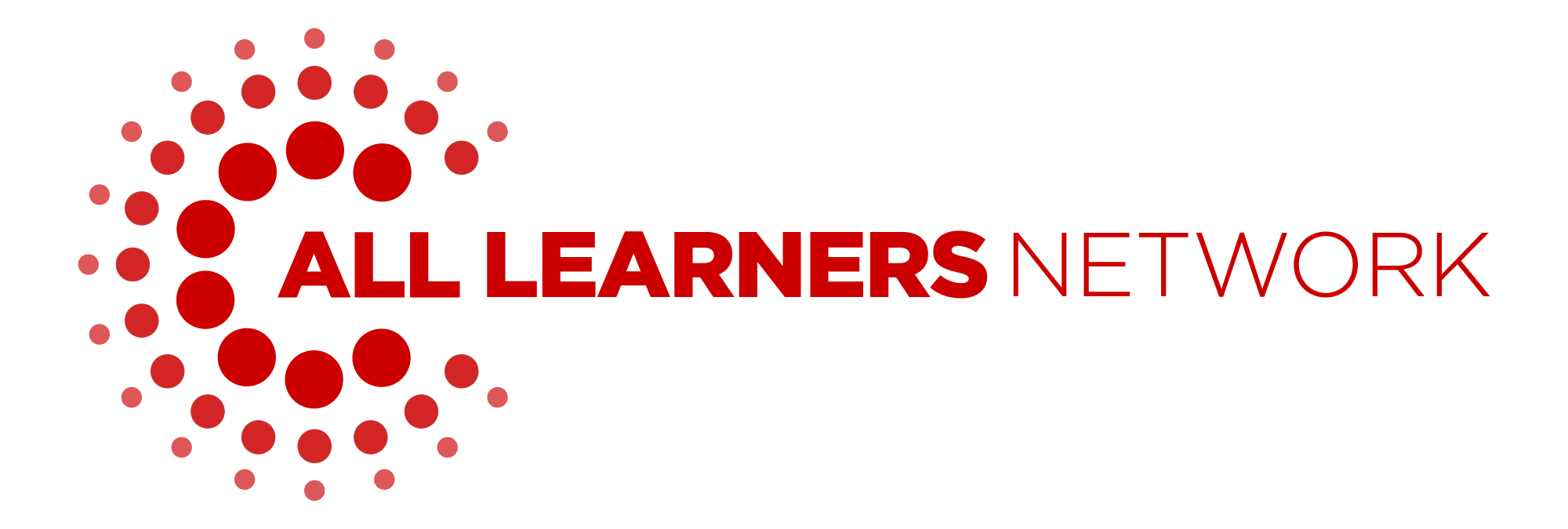%20(92).png)
Drawing on Middle-Level Leaders to Build Capacity For Your MTSS
Published: June 20, 2025
It is springtime here in Vermont, and I’ve spent a lot of time in my garden. I consider the length of daylight in different areas of my yard, prepare the soil with fertilizer and compost, and plant my seedlings. I carefully water each seedling and monitor daily, waiting for the thrill of new sprouts and buds. Each year, this season reminds me of one of my go-to analogies for an effective Multi-Tiered System of Supports (MTSS) - a garden of diverse species of plants all growing together with access to the supports they need to thrive.
A successful MTSS is a framework used in an education system for providing targeted interventions and supports to students based on their individual needs. This framework requires proactive instructional design in Tier 1 that promotes both inclusion and differentiation, in addition to layers of supplemental support for students who may benefit from re-teaching, intervention, or targeted specialized instruction. The goal of an effective MTSS is to provide “just right” instruction so that all students are able to experience success in school. MTSS is a proactive, multi-faceted approach to supporting our students. It emphasizes the importance of early identification of needs and the provision of increasingly targeted support as needed, with the ultimate goal of improving access to grade-level learning for all students.
|
Multi-Tiered System of Supports (MTSS): Tier 1: Universally Designed Instruction and Support (Grade-Level Content for All) This is the foundation of MTSS, where all students receive inclusive access to high-quality instruction and grade-level learning. Similar to my gardens, all plants will receive access to their basic needs of sun, soil and water. Tier 2: Targeted Support and Intervention (Often based on the High-Leverage Concepts) When a student needs additional support beyond Tier 1, they receive targeted interventions to build their understanding of critical pre-requisite math concepts. The goal is to provide the support they need in order to improve their access to the Tier 1 instruction, just like when I add some stakes or other supports to my plants to improve their access to the sun, soil and water they need to thrive. Tier 3: Intensive Support (Also based on the High-Leverage Concepts in addition to students’ specific cognitive needs) Students with the most significant needs receive individualized and intensive support, often through specialized math instruction. This is similar to when I add special fertilizer to certain plants in my garden or identify a very specific watering schedule based on an individual plant’s needs, maintaining my goal that all of my plants in my garden get to thrive in my yard. |
At All Learners Network (ALN), a big part of our work is working with systems. We know that an effective MTSS cannot exist without stakeholder commitment across an entire education system. When we reflect on who these stakeholders are, we often consider the needs of teachers, administrators, coaches, families and caregivers, and the broader community. In order to build an effective MTSS, we must ask - “How can I build shared responsibility, collaboration, and engagement among the stakeholders in our system? What can I do to ensure that the system is built to actually meet the needs of our students?” In my experience, the answer to both of these questions is - leverage our middle-level leaders.
Middle-level leaders are those who bridge the gap between top-level leaders (i.e. Superintendents, Curriculum Directors, Principals) and frontline employees (i.e. classroom teachers, special educators, interventionists). They are responsible for interpreting and implementing strategies, overseeing daily operations, and ensuring alignment with organizational goals. In a school system, our middle-level leaders are our teacher leaders, instructional coaches, department heads, and content team leaders. They play a unique role in which they understand the needs of the teachers who will implement the MTSS, while also navigating the goals and initiatives shared among administrators and district leaders. As a math coach in my school, I became the voice and conduit for the information sharing from my colleagues to our building principal and curriculum leaders. I was able to effectively communicate the teacher experience, what they needed in order to feel effective, and what areas we may need to provide additional professional development so teachers had the tools they needed to actually meet the needs of their students and work toward district goals. I was able to meaningfully reflect on teachers’ content knowledge, pedagogy, and instructional design for intervention because I was walking alongside them in the work. Simultaneously, I was able to communicate regularly with the administrators who are held accountable for our MTSS and reflect on their goals, concerns, and aspirations for the success of our students.
As education systems seek to design their MTSS, they can experience major roadblocks as the needs of the administrative teams conflict with the needs of the teachers. The leaders accountable for the MTSS are not able to engage meaningfully with the people actually implementing it. I believe leveraging our middle-level leaders allows us to build buy-in from both directions. The administrators and district-level leadership are able to distill the goals they are accountable for through the lens of someone who deeply understands the needs and experiences of those who will actually bring those goals to fruition. Middle-level leaders are often in those positions because they are trusted and respected by their colleagues.
Middle-level leaders can help answer questions like:
- How do we design a schedule that ensures teachers have adequate time to provide each layer of support?
- Where are the opportunities for teachers to collaborate with specialists, including coaches, interventionists, and special educators?
- What is the district vision for our MTSS, and what are the small steps along the way we can implement and reflect on collaboratively?
- What is currently working for students, and what isn’t working? What is currently working for teachers, and what isn’t working?
If we want all of our students to thrive in our MTSS, we need to create an environment where the people responsible for implementing it can also thrive. Their needs, concerns, and skill-set need to be considered, just like we do for our students. District leaders are held accountable for designing their MTSS, including the supports their teachers need in order to implement. Middle-level leaders can play a crucial role in translating the district’s strategic goals into meaningful action as they provide feedback and professional development related to what teachers might need to implement those goals. They play a vital role in communication and alignment to the district’s goals and visions, while ensuring teachers have what they need to successfully implement the day-to-day instructional components of their MTSS.
All Learners Network works with systems in a variety of ways. As we work with schools and districts to navigate the variability of their students’ needs, we can play a critical role in building the skill set of the middle-level leaders. Through coaching, intervention planning, building content knowledge, and co-planning professional learning opportunities, ALN can provide your middle-level leaders with the tools they need to foster a successful implementation of a district’s MTSS.
What Now?
1. Read this blog for more guidance on how to create your math coaching strategy for next year.
2. Middle-level leaders are a key part of a strong system. To learn more about how ALN works with systems, watch this video.
3. Let’s connect! Schedule a meeting with our team to explore how we can partner with you to empower and elevate your middle-level math leaders

All Learners Network is committed to supporting pedagogy so that all students can access quality math instruction. We do this through our online platform, free resources, events, and embedded professional development. Learn more about how we work with schools and districts here.



%20(31).png?width=352&name=Hero%20Images%20(WebsiteBlogEmails)%20(31).png)

